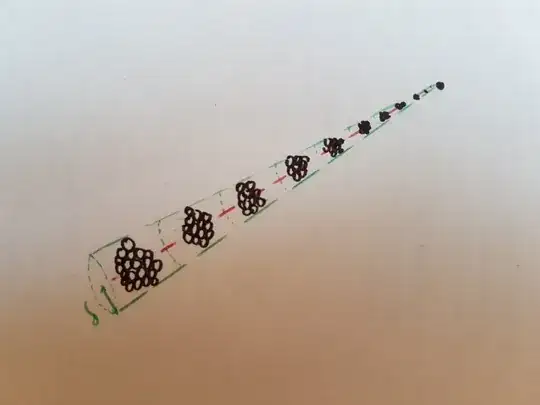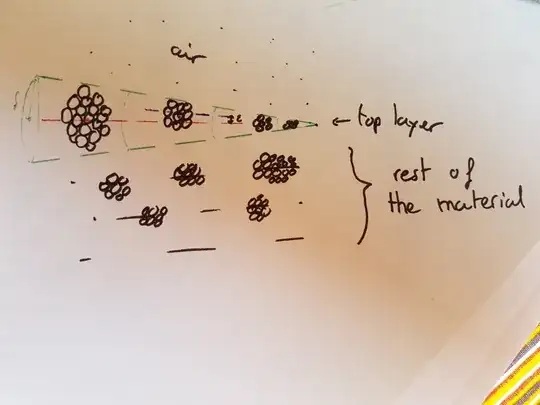I ask myself this question from a microscopic point. I assume that at our scale it's pretty easy to say that an object is flat or not.
You need to imagine that we are at the top layer of a material. Above there is air and below the tube there is the rest of the material. The tube is just the top layer of the material with radius $\delta$, considered as the radius of a nucleus !
My question is : If we define this material as flat, does it mean that the top layer is perfectly aligned (Fig 1) or can we consider some little error $\varepsilon > 0$ (Fig 2) ? $\varepsilon$ is defined as the difference between the center of 2 nucleus 
